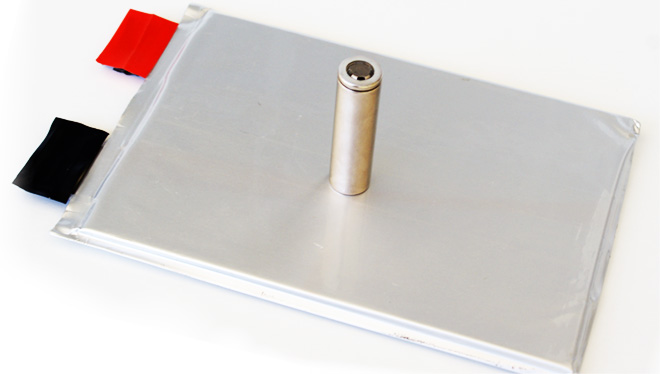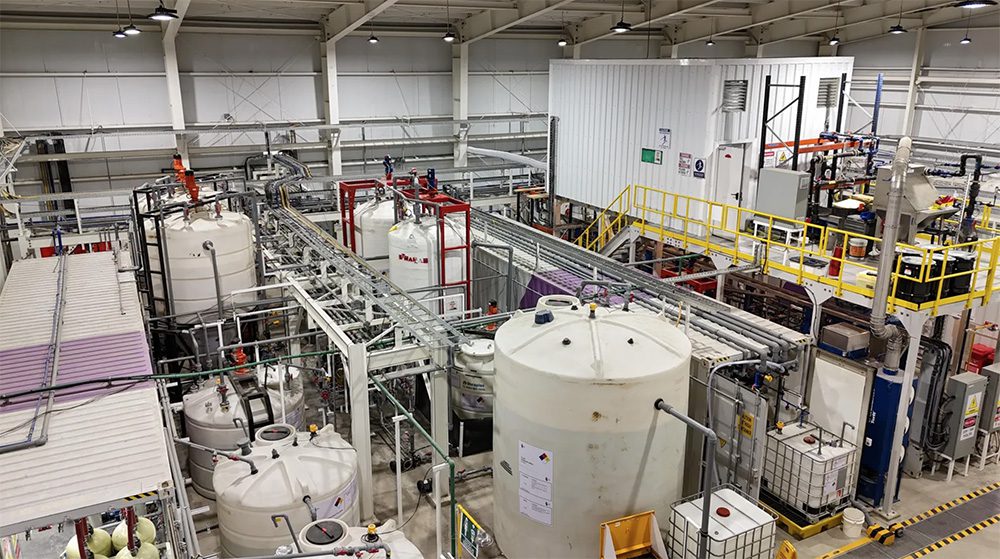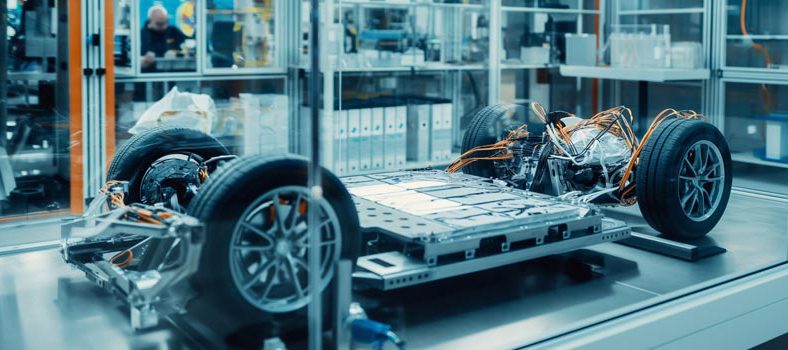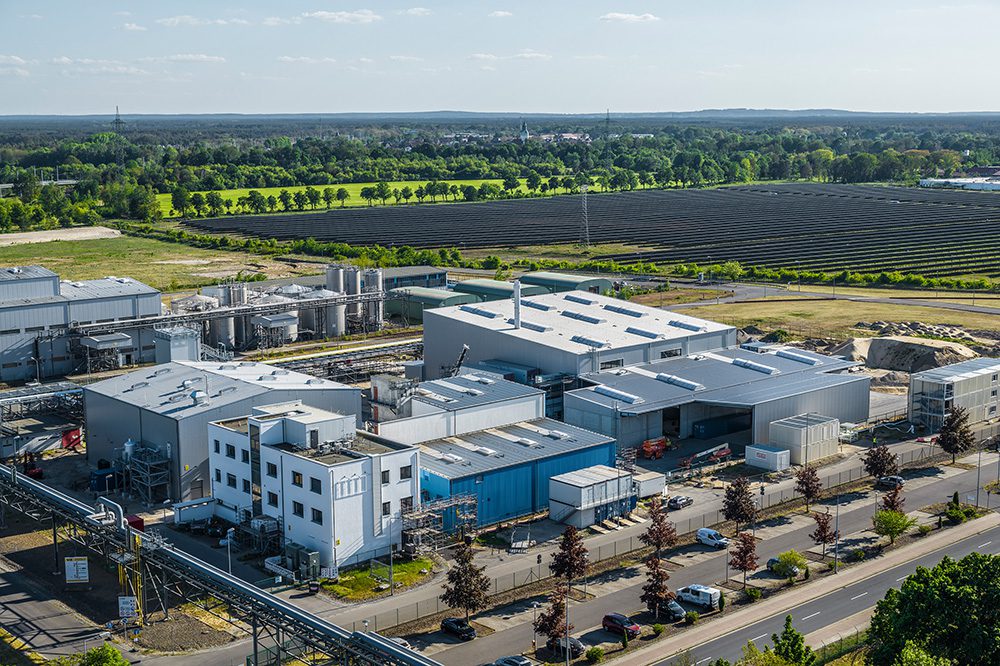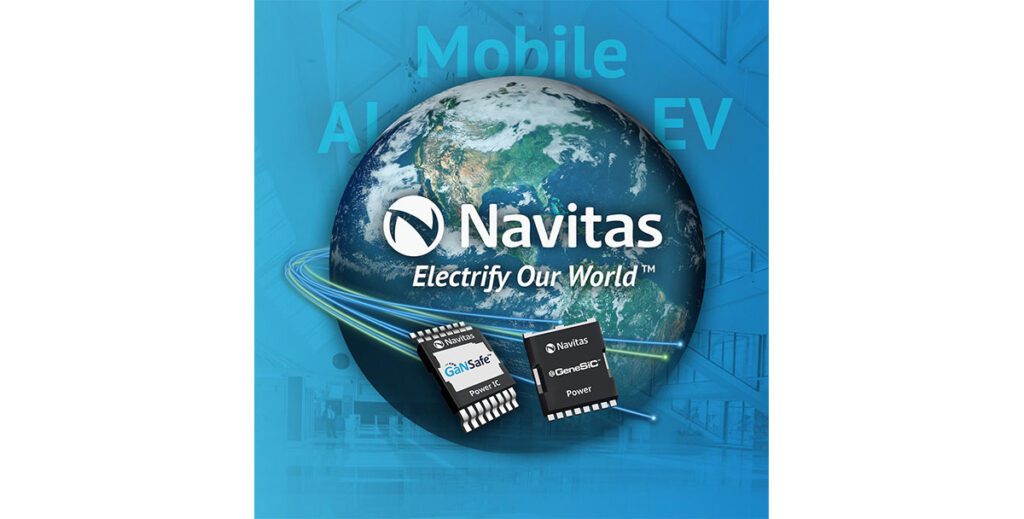Silicon’s high theoretical charge capacity has inspired a tremendous amount of research into the possibility of using it to replace at least part of the graphite in lithium-ion battery anodes. However, Si presents major technical challenges. It can undergo a volume change of up to 300% during charging and discharging, limiting cycle life.
Michigan-based Paraclete Energy claims to have made significant progress on the road to storing more energy with silicon.
“We believe that one of the reasons others are struggling with silicon is because most of those companies aren’t silicon experts; they’re battery experts,” CEO Jeff Norris told Charged. “Our strength is that we come out of the silicon industry. We know how to make the silicon functional from a cycling perspective. What we’re really selling is our expertise – we partner with customers and help them develop a better anode using silicon.”
SEE ALSO: Tesla tweaks its battery chemistry: a closer look at silicon anode development
“There are a lot of companies using new groundbreaking methods that are really cool, but most of these techniques were recently developed in government labs or university projects, and they’re very exotic,” said Norris. “The problem is that the latest and greatest ways to make silicon don’t necessarily create the best or most cost-effective material to improve today’s batteries.”
“It’s actually very easy to make a silicon-anode battery, but it’s difficult to get it to cycle without capacity loss,” Norris explains. “The trick is to make the silicon particles very small and cost-effectively, while passivating the surface of the silicon with a compatible and conductive surface modifier that protects the silicon during the charging cycle. We’ve been able to do that using kinetic manufacturing techniques and surface-modifying additives.”
“Ultimately, we can add considerable amounts of silicon to existing graphite anode formulations – anywhere from 8 to 25%, depending on the customer. That is enough to double to quadruple the anode’s capacity and experience no noticeable reduction in cycle life.”
The full interview with Paraclete Energy CEO Jeff Norris is available in Charged – Issue 21.







